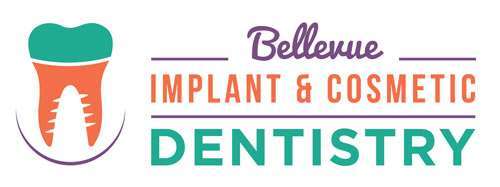 Do you have a tooth crown or know someone who does? Your dentist might have suggested a crown in cases of tooth decay, damage, or discoloration. They can also be used to hold a dental bridge in place or to cover a dental implant. The tooth-shaped caps cover the tooth to restore its shape, size, strength, and to improve appearance. When cemented into place, crowns fully cover the entire visible portion of a tooth.
Do you have a tooth crown or know someone who does? Your dentist might have suggested a crown in cases of tooth decay, damage, or discoloration. They can also be used to hold a dental bridge in place or to cover a dental implant. The tooth-shaped caps cover the tooth to restore its shape, size, strength, and to improve appearance. When cemented into place, crowns fully cover the entire visible portion of a tooth.
Many dentists use digital imaging technology solely to make virtual models that they then send to dental labs where ceramists fabricate the actual crowns or bridgework.
A more efficient process
Technological advances are leading to professionals replacing the expensive metals in crowns by less costly zirconium oxide, polyether ether ketone (PEEK), and lithium disilicate (LDS) glass-ceramic materials that are highly durable and appear more like one’s own teeth. LDS has a durable crystalline structure with coloration, opalescence, and translucence that makes it hard to distinguish from a natural tooth.
Zirconium oxide is even stronger than LDS, performs well and is resistant to fracturing. Using in-office dental CAD/CAM technology a digital scan is made of the patient’s tooth and the dentist designs a new crown on the computer. The images then go to a 3D printer that mills the crown from solid blanks of LDS and zirconium. After the crown is ready, we can install it immediately in the patient’s mouth.
Traditionally, the patient would bite down on a dental wax to create the mold. This mold would create a temporary or permanent crown. After installing the temporary crown, the patient would return a few days later for the final crown. With newer technology, the patient will not need to give an impression using the dental putty, nor will the patient have to wear a temporary crown. We can install the computer-designed crowns, which are more accurate and fit better, in as little as one day.
Here are some other dental advances:
Digital radiography or X-rays
Compared to traditional film X-rays, these computer-generated images produce a clearer image in a shorter time and can produce significantly less radiation.
Cone-beam computed tomography (CT) imaging
The dental equivalent of a medical CT scan, the X-ray rotates around the patient’s head capturing a 3D view of the teeth, jaw, gum and nerves. It can also identify possible tumors and other diseases that don’t appear on traditional X-rays.
Digital dentures
Made using computer design and digital manufacturing, they offer the convenience of a permanent digital record that can be duplicated easily if the original denture is lost or damaged.
CEREC®
CEREC® is a method that uses ceramic crowns to restore fillings and repair tooth decay. This procedure uses all-ceramic materials that are popular for their aesthetic quality and sensitivity reduction. It has quickly become a popular method for how economical and timely it is. The average CEREC® appointment has you in and out of your dentist’s office within the same day.
Related Posts
3 Alternatives to Dental Crowns
Dental crowns are often costly and require that a dentist remove a significant amount of the tooth's structure to place them. Read on to learn about dental crown alternatives. Other treatment …
When a Dental Crown Is Needed for a Cavity
A dental crown is often used to treat dental cavities, especially when the cavity is too large or too deep for a dentist to repair with a dental filling. This review …
Dental Crown to Restore a Damaged Tooth
A tooth with significant damage will need a dental crown or cap. This restoration can restore the form and function of your tooth. Getting a large filling or a root canal …
What to Expect in a Dental Crown Procedure
When a filling is insufficient or a tooth is malformed, the dentist may suggest a dental crown to protect, cover, and restore the tooth's structure. While receiving a crown may seem …
